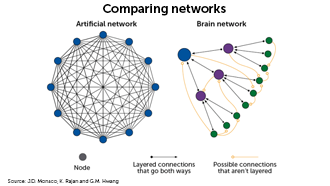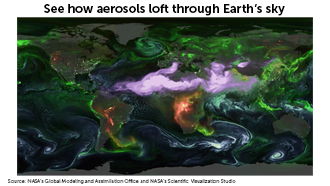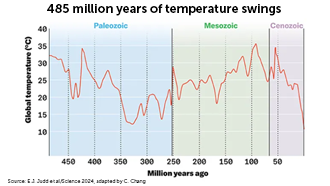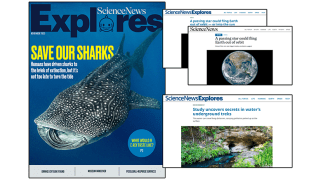Search Results

Wiring the mind
Researchers are drawing inspiration from the brains of creatures from worms to humans to develop more efficient, more capable forms of AI.
Developing dioramas
In this activity, students will create their own dioramas. To do this, students will observe their local ecosystem and take pictures of parts of their ecosystem that they believe tell a story. Students will then learn about how dioramas can be used to tell scientific or historical stories and will convert their ecosystem stories into 3-dimensional dioramas.

The rise of male contraceptive options
Contraceptive pills for women emerged in 1960, followed by hormonal implants, patches, vaginal rings and IUDs. But no new contraceptive methods have become available for men. New research could change that in the next five to 10 years.

U.S. dementia cases on the rise
Scientists predict that, by 2060, one million U.S. adults per year will develop dementia. The new estimate surpasses previous estimates of how many people will struggle with memory, reasoning and language difficulties that interfere with life.

Water-Striding Insects and Electrolysis in Space
Check out these lesson plans paired to articles from the November issue of Science News to have students use models to understand matter, energy and forces during chemical reactions and learn how the frilly-footed ripple bug inspired scientists to invent a water-walking robot.
Astronauts Need Oxygen
Students will consider how atoms and molecules interact with one another. Then they’ll analyze the effects of different types of energy on chemical reactions and how forces impact the motion of gas bubbles in a solution. Students will work in pairs to formalize their thinking using models to understand matter, energy and forces during chemical reactions.
Frilly-Footed Water Walkers
Nature solved a great design ‘feet’ — and engineers are now taking notice. Inspired by water-striding insects, they’ve invented a fancy-footed, water-walking robot. Learn how researchers might look to nature for inspiration in design and invention. Answer questions about the value of analogies in explaining unfamiliar concepts, then discuss possible applications for fancy-footed robots.
The Pickleball Pickle
Students will learn the differences between qualitative and quantitative research methods by observing how covering the holes on a pickleball affects the ball’s drag and motion through the air. Students will leave this activity with an understanding that qualitative and quantitative research methods are both valid forms of research and that personal experiences and qualitative research often precede quantitative research methods.

Aerosols in the air: Art in motion?
The atmosphere abounds with aerosols, tiny particles with large sway over global temperature. A new visualization from NASA reveals how these airborne particles swirl through Earth’s sky.

Earth’s history of temperature shifts
Earth’s climate doesn’t have to look like it does now. In fact, it usually hasn’t. Across 4.5 billion years, geologic forces have shaped the planet’s climate from its fiery infancy to the (for now) chilly present. Studying these changes may help us understand what may happen next because of climate change.

A Star’s Pull and Your Local Watershed
Investigate the health of your local watershed and explore how to monitor pollution and discuss the chances of a passing star causing a cosmic collision with these lesson plans paired to articles from the November issue of Science News Explores.
Winding Watersheds
Pollution that runs off into streams, rivers and lakes can travel far because watersheds are connected by underground aquifers. Students will identify and describe the characteristics of their local and adjacent watersheds before describing how to monitor watershed pollution.